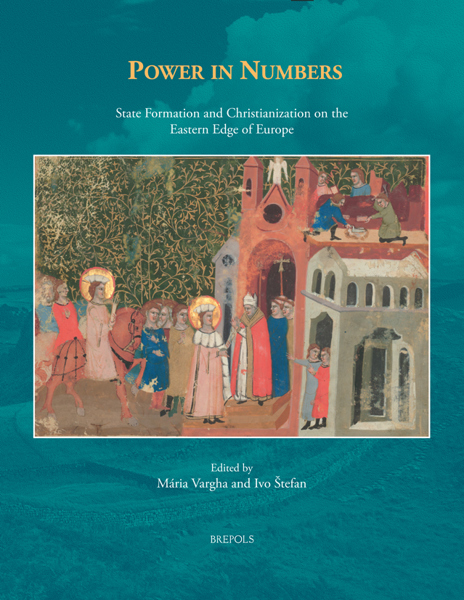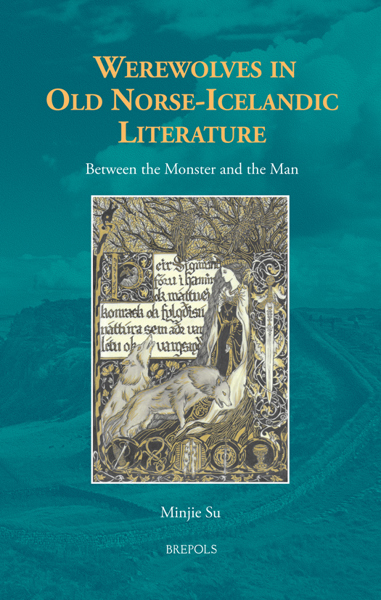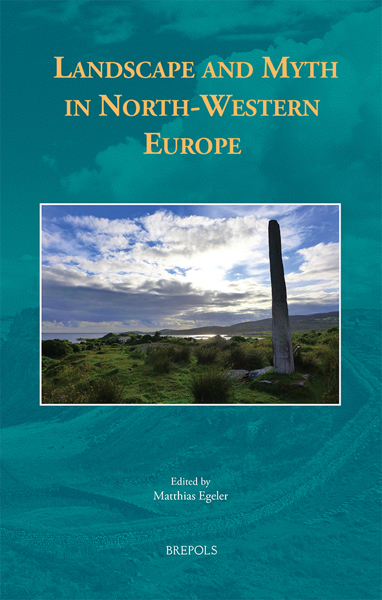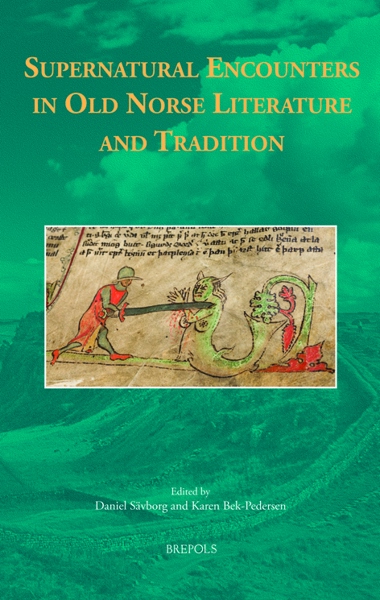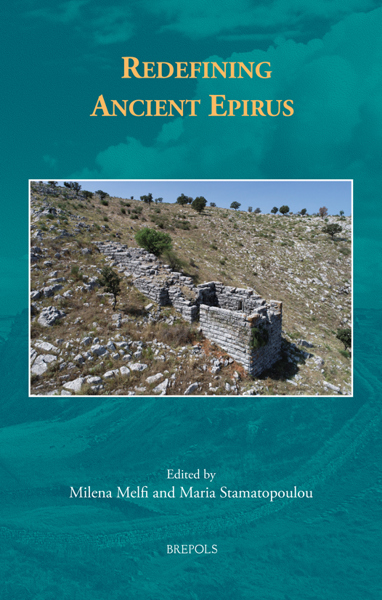
Power in Numbers
State Formation and Christianization on the Eastern Edge of Europe
Mária Vargha, Ivo Štefan (eds)
- Pages: 309 p.
- Size:216 x 280 mm
- Illustrations:47 b/w, 30 col., 8 tables b/w., 1 tables col., 9 maps b/w, 28 maps color
- Language(s):English
- Publication Year:2024
- € 130,00 EXCL. VAT RETAIL PRICE
- ISBN: 978-2-503-60861-7
- Paperback
- Available
- € 130,00 EXCL. VAT RETAIL PRICE
- ISBN: 978-2-503-60862-4
- E-book
- Available
Mária Vargha was the PI of the project ‘Empowering the Voiceless. The Role of the Rural Population in State Building and Christianization in East-Central Europe’, conducted within the PRIMUS scheme, and the Lead Agency WEAVE tri-lateral project REPLICO conducted at Charles University Prague and in cooperation with the Naturhistorisches Museum Vienna and the Slovenian Academy of Sciences. She has also obtained an ERC StG grant titled ‘RELIC – Religiopolitics – The Imperium Christianum and its Commoners’, with which she has returned to the University of Vienna. Her research is mainly focused on the material culture, social, and landscape archaeology of the high Middle Ages, as well as on digital humanities, with a particular focus on GIS and network analysis of diverse archaeological and historical data.
Ivo Štefan is an Associate Professor at the Department of Archaeology at Charles University in Prague. He is a Czech archaeologist and historian of the early and high Middle Ages. His main areas of research are the socioeconomic and religious transformations of medieval societies in Central Europe and their reflection in material evidence.
Around the turn of the first millennium, the political and religious landscape of Central Europe began to change dramatically. As the decentralized pagan societies along its borders became Christian, the polity that later became the Holy Roman Empire began to expand significantly according to the principles of the Imperium Christianum — an idea that first originated with Charlemagne, but that was consciously revived by Emperor Otto I and his predecessors as a way of extending power and authority into the Empire’s newly converted eastern fringes. This acculturation was effective, and societies began to actively adopt the new ideology and social order on their own initiative.
Drawing on material first presented at conferences held in the Department of Archaeology at Charles University, Prague, this volume draws together researchers working on different yet connected events along the Empire’s eastern frontier, and the often-overlooked part of society who nevertheless participated in these events, in particular commoners and the rural population. The papers gathered here cover affairs of the early state and church, networks of archaeological and historical heritage, and archaeological, historical, and digital investigations, to offer a blend of both synthetic archaeological and historical overviews and more focused geographical and thematic case studies that explore the role of Christianization in the centralization processes that occurred at the edge of the Ottonian-Salian world. The result is a forward-looking volume that seeks to explore new approaches to historical narratives, in particular by emphasizing the importance of archaeological material in examining early state formation and religious change. Moreover, it is the first synthetic study to directly compare the north-east and south-east peripheries of the later Holy Roman Empire, making it possible to shed new light on these lands at the periphery of Western Christendom.
List of Illustrations
Introduction
Mária Vargha and Ivo Štefan
1. Christianisation of East-Central Europe as a Social Process
Ivo Štefan
2. The Establishment of an Ecclesiastical Organisation in the Post–Carolingian Periphery. Czech Lands. Networks – Structures – Sources
David Kalhous and Josef Šrámek
3. The Relationship of Early Medieval Burial Grounds and Churchyards in the Process of Christianisation of Bohemia
Martin Čechura
4. Burial Practice in Transition – Sepulchral Evidence of Christianisation in the Early Piast State
Przemysław Urbańczyk
5. On the Threshold of Christianity. The Church in Kuyavia from the Tenth to the Twelfth Centuries
Marcin Danielewski
6. Fair Relations. Marketplaces and the Formation of Cathedral Cities in East Central Europe
Katalin Szende
7. Pectorals and Amulets. Data on the Spiritual life of the Hungarian Rural Population in the Period of Christianisation
Tibor Ákos Rácz and Ágnes Füredi
8. Wiślica as an Example of a Christian Town in the State of the First Piasts
Nina Glińska
9. Between the Local Power Centre and the Ecclesiastical Network. Living in castrum Orod in the High Middle Ages
Florin Mărginean
10. Chronological Remarks on Early Medieval Jewellery and Evidence for Pilgrimage. The Case Study of the Župna Cerkev Cemetery in Kranj (Slovenia)
Jernej Rihter
11. From Blessing (Hand) Cross to Hanging Cross. An Early Árpádian Cross from Tiszakeszi-Szódadomb
Péter Langó and András Patay-Horváth
12. Turning in Their Graves. Prone Burials in the Early Medieval Northern Balkans
Petar Parvanov
13. ‘Oh, Come Little Children’. Burial Customs on the Eleventh-Century Burial Ground of Oberleiserberg (Austria)
Nina Richards
14. The Formation of the Regnum Marianum. Exploring the Church Network of Early Árpádian Hungary and the Place of Marian Patrocinia
Karen L. Stark
15. Between Palermo and Cefalú. The Role of the First Norman Monastic Foundations in the (Re)Christianisation of the Island’s Rural Population in the Light of Archaeological Research in the Altavilla Milicia Region
Sławomir Moździoch, Ewa Moździoch, and Monica Chiovaro
16. The Pliska-Type Churches, the Great Basilica, and their Relation to the Settlements in the Outer City of Pliska
Andrey Aladzhov and Roland Filzwieser
17. Spatial Patterns as Historical Proxies. A Case Study on the Development of the Early Church Network in Veszprém County (Hungary)
László Ferenczi and Mária Vargha
18. Empowering the Voiceless. The Role of the Rural Population in State Building and Christianisation in East-Central Europe. Preliminary results about Bohemia.
Mária Vargha, Martin Janovský, and Martin Fajta
19. Spatial Analysis of Archaeological and Linguistic Data Reveals the Boundaries of Frankish Power in Northern Bavaria
Viktorie Janovská, Nicolas M. Jansens, Martin Janovský, andTomáš Klír
20. THANADOS - The Anthropological and Archaeological Database of Sepultures
Stefan Eichert
